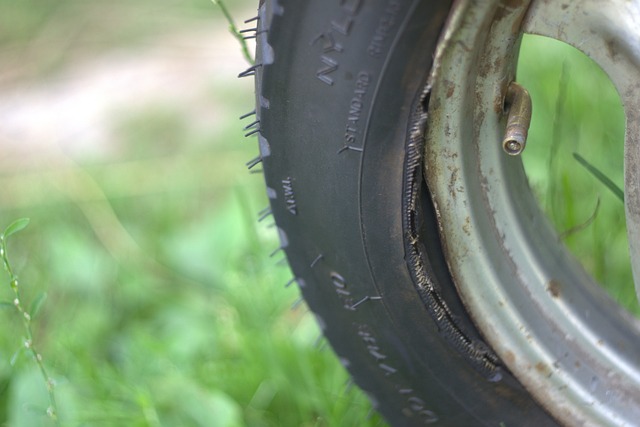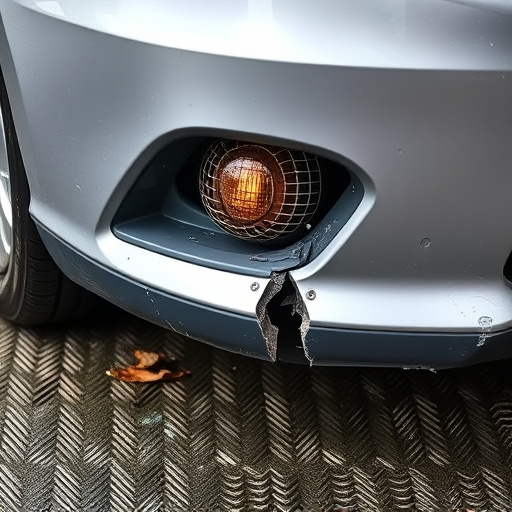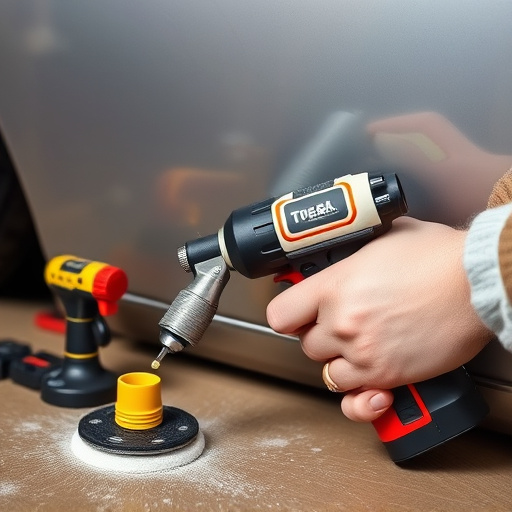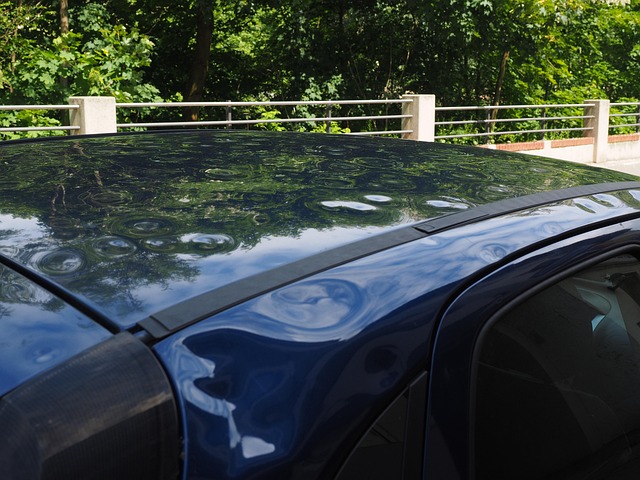Traditional car repair methods pose significant environmental and health risks due to toxic chemicals. As sustainability gains prominence, there's a growing demand for environmentally safe repair solutions that reduce the automotive industry's carbon footprint. Eco-friendly techniques like low-VOC painting and advanced dent removal not only benefit the planet but also create healthier work environments and ensure durable, high-quality results. Shifting to these practices contributes to a greener future while maintaining vehicle value and aesthetics, making it a smart choice for both consumers and the environment.
In today’s eco-conscious world, understanding the impact of our choices extends beyond consumption. Environmentally safe repair methods offer a sustainable alternative to traditional practices, minimizing harm to both people and the planet. This article delves into the heart of this growing movement, examining the limitations of conventional repair techniques and highlighting the benefits of their greener counterparts. Through a comprehensive look at understanding traditional repair methods, exploring environmentally safe alternatives, and conducting a comparative analysis, we’ll guide you in making informed decisions for a more sustainable future.
- Understanding Traditional Repair Methods: Their Impact and Limitations
- Exploring Environmentally Safe Alternatives: Benefits and Effectiveness
- A Comparative Analysis: Choosing the Sustainable Path for Repair
Understanding Traditional Repair Methods: Their Impact and Limitations
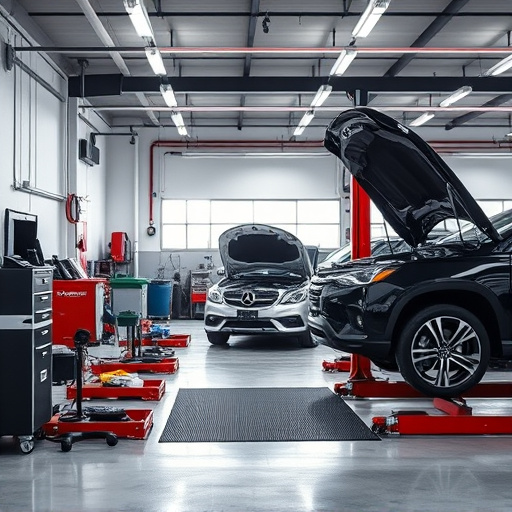
Traditional repair methods have long been the go-to approach for fixing car damage, including paintless dent repair and collision repair. These techniques, while effective, often come with significant environmental impacts. The use of toxic chemicals, such as solvent-based paints and coatings, releases harmful fumes and contributes to air pollution during the repair process. Moreover, traditional methods generate substantial waste, with discarded materials ending up in landfills.
The limitations of these conventional practices are becoming increasingly apparent. As awareness about sustainability grows, there’s a growing demand for environmentally safe repair solutions. This shift not only reduces the carbon footprint of the automotive industry but also ensures a healthier workspace for technicians and improved air quality for everyone involved in the car damage repair process.
Exploring Environmentally Safe Alternatives: Benefits and Effectiveness

In recent years, there’s been a growing awareness of the environmental impact associated with traditional auto body repair and car body restoration methods. This has led to an exploration of environmentally safe alternatives that offer numerous benefits beyond sustainability. One such alternative is eco-friendly auto body painting techniques, which use low-VOC (volatile organic compound) paints and solvents, significantly reducing air pollution compared to conventional methods. These practices not only cut down on harmful emissions but also ensure a healthier work environment for repair technicians.
Furthermore, environmentally safe repair methods can be highly effective in terms of both durability and aesthetics. For instance, modern techniques in auto body restoration often incorporate advanced materials and technologies that mimic the original car body finish, ensuring a seamless and long-lasting repair. This shift towards eco-conscious practices not only benefits the planet but also promotes a more responsible and efficient approach to auto body painting and repair, contributing to a greener future for the automotive industry.
A Comparative Analysis: Choosing the Sustainable Path for Repair
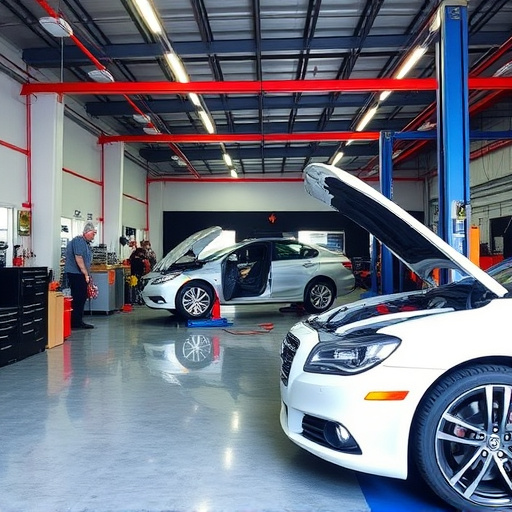
When considering repairs for your vehicle, opting for environmentally safe methods is an increasingly conscious choice. This approach not only minimizes harm to our planet but also ensures that the repair process is sustainable and future-proof. In a direct comparison, environmentally safe repair techniques often prove more beneficial than traditional methods in various ways. For instance, eco-friendly auto body painting utilizes water-based paints and low-VOC (volatile organic compound) technologies, significantly reducing the release of harmful gases into the atmosphere compared to conventional solvent-based paints.
Moreover, dent removal using modern tools and techniques has evolved to be more efficient and less damaging. Newer methods often employ specialized equipment that can accurately restore a vehicle’s original shape without generating excessive waste or requiring harsh chemicals. These greener alternatives are not just good for the environment; they also tend to deliver high-quality results, ensuring your vehicle retains its value and aesthetics. Choosing environmentally safe repair services for your vehicle means contributing to a more sustainable future while enjoying top-notch, long-lasting repairs.
In light of the growing awareness of our environmental impact, adopting environmentally safe repair methods is a responsible step towards sustainability. This article has explored both traditional and alternative repair approaches, highlighting their respective impacts and limitations. By comparing these options, it’s evident that eco-friendly repairs offer numerous benefits, from reduced pollution to resource conservation. As we move forward, choosing sustainable repair practices isn’t just an option—it’s a necessity for preserving our planet while ensuring the longevity of our structures.
